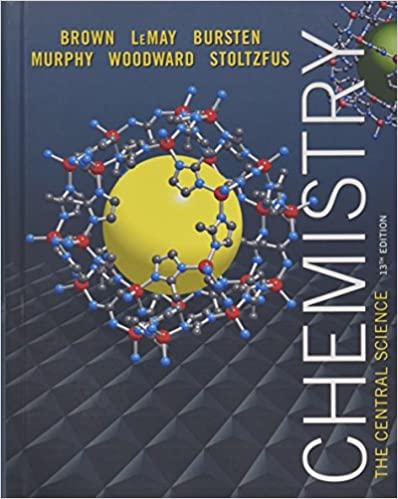Question
In a medical setting, the amount of substances in blood can be a key indicator to health or disease. An average human has approximately 5L
In a medical setting, the amount of substances in blood can be a key indicator to health or disease. An average human has approximately 5L of blood. Inside this 5L are the cellular component and a liquid portion made mostly of water, called plasma. The cellular component contains the red and white blood cells, as well as platelets that aid in blood clotting. The remainder of the blood is plasma, containing all other dissolved nutrients such as glucose, ions and proteins.
A centrifuge can be used to separate the cellular components from the plasma. The red blood cells would travel to the bottom of the centrifuge tube and make up almost 45% of the blood. A measure of the percentage volume of whole blood that is made up of red blood cells is called the haematocrit. The platelets (0.17%) and white cells (0.1%) would form a very thin layer called the buffy coat and sit just on top of the red cells. The plasma would be at the top and would be about 55% of the total blood volume.
1. Draw a sketch of what a centrifuge tube of blood would look like. Label each portion. (1)

2. Using your knowledge of solutions and mixtures, would you classify blood as a solution or a mixture? Explain your answer. (2)
3. Record the percentages for the components of blood from the information above (1):

4. If a sample of 90.0 mL of blood, contains 47.0 mL of plasma, what is the V/V percent concentration? Is this in the normal range? (2)
(Please answer all in a grade 11 level)
Normal blood components: Plasma: Haematocrit: %Step by Step Solution
There are 3 Steps involved in it
Step: 1

Get Instant Access to Expert-Tailored Solutions
See step-by-step solutions with expert insights and AI powered tools for academic success
Step: 2

Step: 3

Ace Your Homework with AI
Get the answers you need in no time with our AI-driven, step-by-step assistance
Get Started


